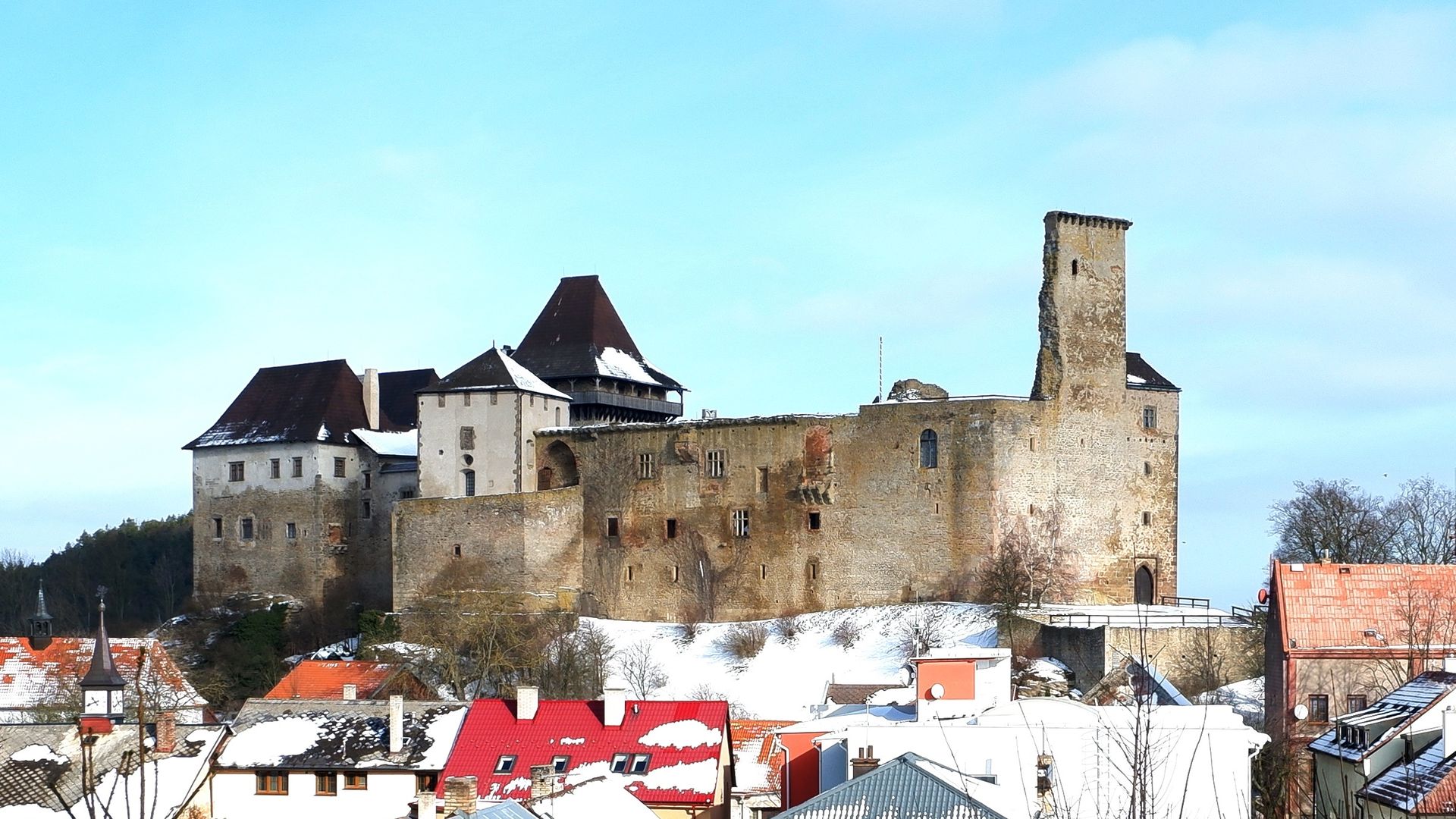Written by Egertova Jindriska

Castle Lipnice
The castle Lipnice is one of the most notable landmarks of the town Lipnice nad Sazavou, which lies in the Vysocina Region of the Czech Republic. The castle was founded by Lichtenburg (one of the lines of the ancient Bohemian House of Ronovci) at the beginning of the 14th century. The first reference of the Lipnice castle comes from 1314 with the name of Burgrave Bernard and since then the castle has had many owners and has gone through many changes. In 1370–1376, Lipnice belonged to the king Charles IV, who granted vending rights to the town of Lipnice (specifically to brew beer and sell it). The Provost Pertold in 1338-1347 had decorated the castle chapel with murals, and during 1417 the first Hussite priests were ordained here. The castle acquired its Gothic style thanks to Burian II. Trcka of Lipa at the beginning of the 16th century, and in 1561 renaissance elements were added for decoration. The Thirty Years War (1618-1648) and a disastrous fire in 1869 destroyed the castle and the town and neither of them fully recovered.
The burned ruin remained vacant until the Czechoslovak Tourist Club started the renovations which last until today. If you visit the Lipnice castle, you’ll see a monumental architecture, the Gothic chapel of St. Lawrence, an extraordinary collection of Gothic stove tiles, vast castle cellars with the remnants of the festive hall and former prison. The first repaired floor of the Thurn Palace is also available to the public. Because the castle stands on a hill, it offers a magnificent view of the countryside. From the Samson Tower with a lookout gallery, an extraordinary view of nearby mountains peaks can be viewed. The castle is surrounded by various mysteries and legends, for example, about the walled Catherine, the black man or the treasure under the third cross.
Because of the mysteriousness of the cellars, many movies were shot here, for instance, the Czech fairy tales Cert vi proc (2003) or At ziji rytiri! (2009).
For more information about the Vysocina Region, from which this castle comes, click here and here.